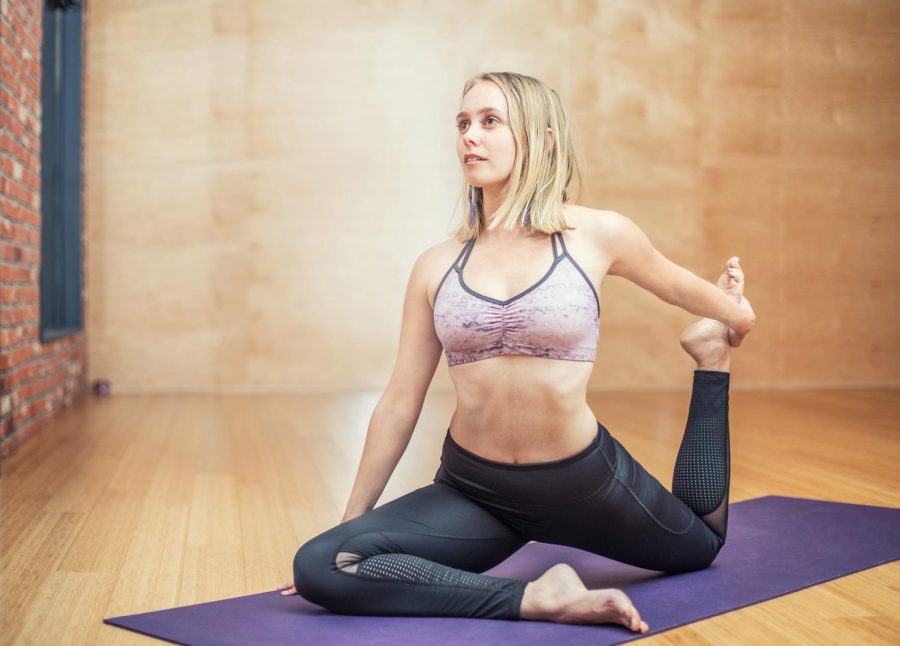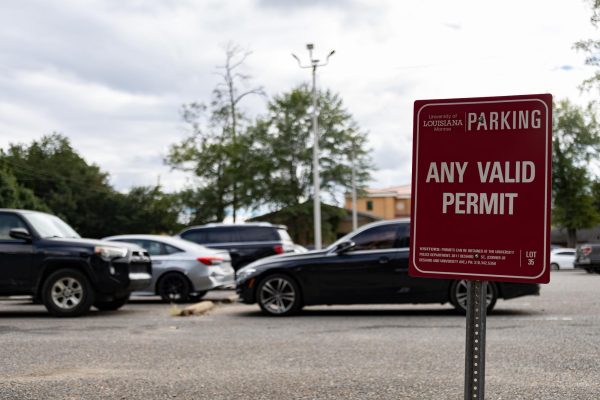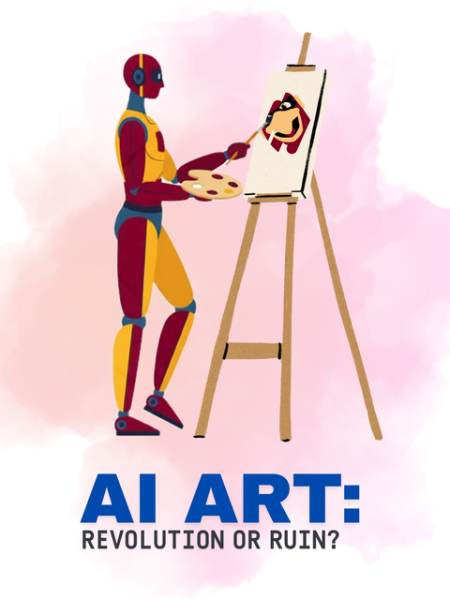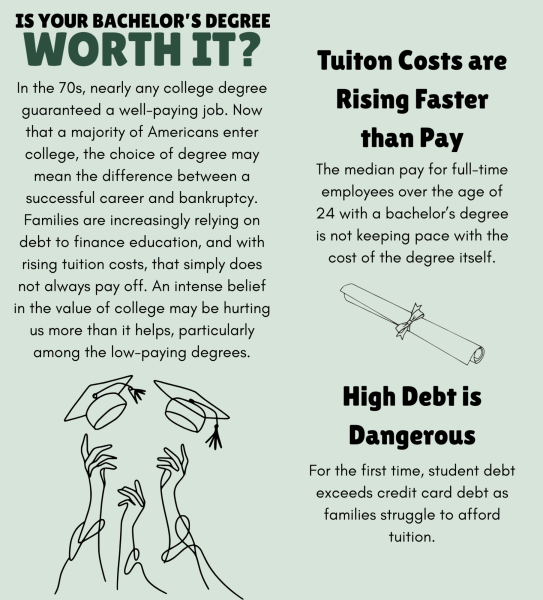Is social media body positivity effective?
YES
Social media use has been the culprit behind body dysphoria and eating disorders for quite some time. Often, users idolize the glamorous and beautiful bodies of celebrities through apps like Instagram. But within the past few years, the promotion of the body positivity movement has developed into a greater force than expected.
According to Verywell Mind, the body positivity movement, formed in 2012, had a message that said, “all bodies are beautiful.” This idea supports the message to appreciate your body in spite of flaws, feel confident in your body, love yourself and accept your body’s shape and size.
The body positivity movement has impacted many social media users because it has allowed for more inclusivity. Diverse body types and shapes, people of color and the LGBT community are represented more now than ever.
If you go to the body positive hashtag on TikTok, Instagram and Twitter, you can see this representation. There are people of every body shape, size, race and ethnicity.
This is the representation I needed to see as a child. When I first got on social media as a teen, I was exposed to a lot of body shaming. While it was never me being body shamed on social media, I saw it happening to celebrities who had similar bodies to mine. This made me feel self-conscious. If they were not good enough, was I?
Seeing the body positivity movement has allowed me to become more confident. I now can see people who look like me being praised.
Some people still do not see the full power of the body positivity movement. They can look at women who edit their pictures or have had plastic surgery and think that they should look like that. Don’t get me wrong, I am all for it if it makes you happy. However, we cannot compare ourselves to people who do not represent realistic body types or we will never believe we are enough.
People must realize their worth. The body positivity movement is valuable in this self-love journey. We can’t twist it to fit our ideas of beauty. Beauty is truly free flowing for every shape, size and color of each person.
by Ashlyn Dupree ([email protected])
NO
Someone has to say it: the social media body positivity movement is not body positive.
The buss it challenge, silhouette challenge and many other challenges you find on social media are yet another reminder that all bodies are not up to par with society’s standards. There are many different body types in the world, but only certain body types get positive attention.
A woman with an hourglass shape would certainly catch more attention than a woman who recently had a child. And a man who is toned and fit would receive more attention than a plus size man.
If someone is already self-conscious, seeing someone with a “better body” can deplete their confidence. This is why every body type should be represented on social media.
Another reason the social media body positivity movements are not body positive is because you never know when pictures have been edited. Many users admit to using apps like Photoshop or Facetune to edit their pictures and make them look better.
According to a survey of over 2,000 adults conducted by TruePic, 64% of those who have shared photos online admitted they’ve edited photos before posting them.
Is it really body positivity when people edit things on their own body that they don’t like? Eventually younger people see these pictures and wonder why they don’t look like that.
Editing a part of yourself out to get validation is not body positivity.
To make social media body positive, we need to get rid of all editing apps. They do not reflect what real people look like. Until they are gone, social media can’t be body positive.
Every body is beautiful and deserves to be represented. When they finally are, social media body positive movements can become body positive.
by Adrena Williams ([email protected])





